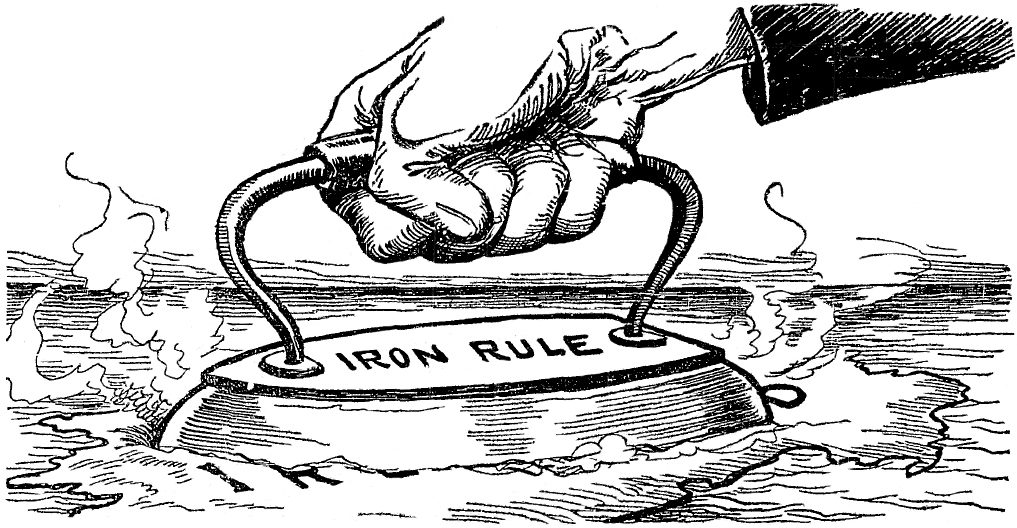Mass deportations as two civilians killed by military in Limerick
Cork, 9 February 1920 - Approximately 60 Sinn Féin prisoners, who were arrested about a week ago, have been deported to Britain. No charge has been levelled against any of them.
Five were deported from Dublin but the vast majority of them, at least 55, left from Queenstown yesterday. They were brought there early in the morning from Cork Jail, accompanied by troops and two armoured cars. They were then transferred to two naval vessels. Where exactly they have been taken is not known.
The nationalist press have asked questions about why the men have been ‘torn from their homes and families’ and ‘deported from their native land’ when no charges have been made against them.
‘Astounding and stupid as these arrests are they do not surprise us’, the Irish Independent has remarked. ‘There is no device in misgovernment that the Castle rulers are not capable of practising’.
Dublin Castle claimed the deported men were members of illegal organisations, many of them belonging to what is designated in a statement as ‘the so-called Irish Republican Army’.
Part of an RTÉ History Show series on the War of Independence. This episode focusses on the conduct of intelligence operations in the Anglo-Irish conflict from 1919 to 1921
Limerick
An inquest into the killing of a civilian in Limerick has returned
a verdict of ‘murder’ against the military.
Richard O’Dwyer died in the doorway of his shop after being shot when soldiers and police clashed with a crowd on Roches Street on 2 February.
Evidence produced by the Crown confirmed that about 150 shots were fired by a patrol in response, it is alleged, to a volley being fired in their direction from side streets. The inquest jury found, however, that ‘sufficient provocation’ had not being given for the soldiers’ ‘indiscriminate firing’.
Another civilian, Lena Johnson, was also killed when she was shot in the back while passing over Sarsfield’s Bridge in the city, half a mile away. She was employed at the Colliseum Picture Palace on Limerick’s O’Connell Street. The inquest into her death is yet to take place.
Neither victim is thought to have been involved in the affray.
Other incidents and raids
Meanwhile,
attacks on RIC barracks continue. In Ardmore, Co. Waterford, over 70 men took part in an assault
that lasted for two hours in the early hours of Thursday 29
January, and ended without any injuries or fatalities. No arrests
have been made.
As with many recent raids, local telegraph wires were cut and obstacles placed across the roads with the intention of preventing or delaying the arrival of reinforcements from neighbouring stations.
In Castlemartyr, Co. Cork, earlier today, two constables were overrun while defending a barracks from a force of 60 raiders, who took off with eight rifles, six revolvers, shotguns and 2,000 rounds of ammunition.
In Dublin, the Army and Navy Canteen’s Board Garage on Bow Street, off Aungier Street, was attacked by a group of 40 to 50 men who stole four motor cars, a motorcycle and sidecar and a large quantity of petrol and accessories.
An excerpt from the RIC Inspector General's report for January 1920 containing details of attacks on police around the country. Click image for more
[Editor's note: This is an article from Century Ireland, a fortnightly online newspaper, written from the perspective of a journalist 100 years ago, based on news reports of the time.]






















